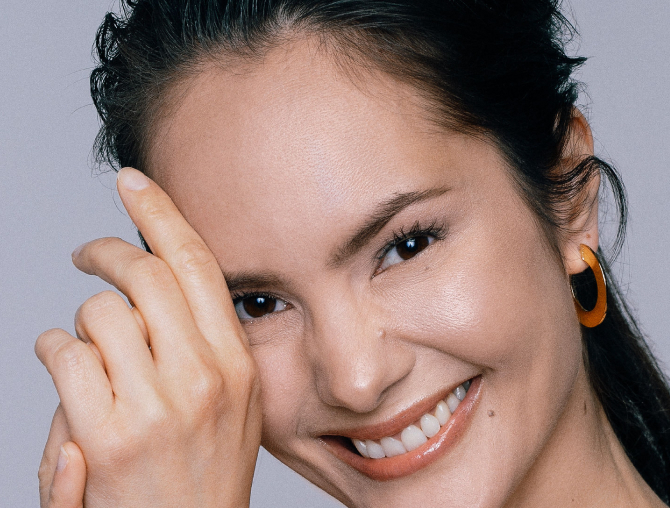FaceTite has quickly become a super popular treatment within the cosmetic industry, and we can understand why. It’s rare to find a non-surgical facelift option that yields some pretty stellar results for the right patient. Needless to say, we’ve been getting a lot of interest around the treatment, so we thought we’d put together our most frequently asked questions to help answer all your queries.
What is FaceTite and how does it work?
The primary goal of FaceTite is to target skin laxity on the face and/or neck. It’s a procedure that uses radiofrequency (RF) technology subdermally in order to shrink tissue, build collagen, and also to melt small pockets of unwanted fat.
It’s a semi-invasive procedure, meaning that there are tiny incisions that are made in the skin, and you can expect some recovery time, but you won’t require stitches, and you can rest assured there won’t be scarring in the same way there is with a traditional facelift.
The FaceTite procedure takes approximately one hour and can effectively treat areas around the cheeks, jowls, chin and neck.
Who’s the best candidate for FaceTite?
FaceTite is an ideal treatment for anyone looking to address mild to moderate skin laxity on the face or neck. It’s best for patients who also have good skin elasticity and great bone structure, so that when tissue shrinks and the skin tightens there’s a good support structure to keep that skin in place.
Most patients will see up to a 70% improvement in skin laxity especially in areas around the jawline and neck, which is another reason why good skin elasticity and bone structure are important. If you’re looking for a dramatic change in skin laxity and aren’t ready for (or interested in) a surgical facelift, this is a really great option that delivers pretty astounding results for a non-surgical treatment.
Does FaceTite hurt?
While it falls under the semi-invasive category, FaceTite is a procedure that’s done under local anesthetic so you don’t feel any pain.
What’s recovery after FaceTite like?
You’ll need to take about 4-5 days off after your FaceTite procedure. You can expect some bruising and quite a bit of swelling in the treatment area for about one week, and you may find that your swelling will peak around day 3. If you’re more prone to swelling or a slower healer you may see some swelling for about two weeks.
That said, you’ll be able to return to your daily routine and exercise a week following the procedure.
The treated area will also feel numb for several weeks, which means you don’t have to worry about feeling any pain in the area during your recovery.
When can I expect to see the results of FaceTite and how long do they last?
You’ll be able to see the results of your FaceTite treatment as early as a week after the procedure when most of your bruising and swelling has subsided. However, this is a treatment that takes a little time to reveal absolute optimal results, as your body needs time to build up collagen. You can expect to see those about 2-4 months after your treatment and they will only continue to improve for approximately one year following your session.
The greatest thing about FaceTite is that typically you only need one treatment and it can last anywhere from 1-5 years.
How much does FaceTite cost?
The cost of FaceTite depends on what areas of the face and/or neck you’re looking to treat. If you’re looking to target skin laxity either just on the face or just on the neck, the treatment costs $5,000. If you’d like to treat both your face and neck with FaceTite, the cost is $7,000.
When you come in for your complimentary consultation, we will put together a personalized treatment plan that’s just right for your skin goals, and we’ll be able to give you a firm quote for your procedure.
Is FaceTite worth it?
Absolutely! We’ve seen some pretty incredible results with FaceTite. But beyond that, we’ll always say this: if you’ve been wanting to address something that’s been bothering you for a long time, and if you’re the absolute right candidate for a treatment that will get you the results that you’re looking to achieve, then it’s pretty much almost always worth it to invest in yourself ☺







